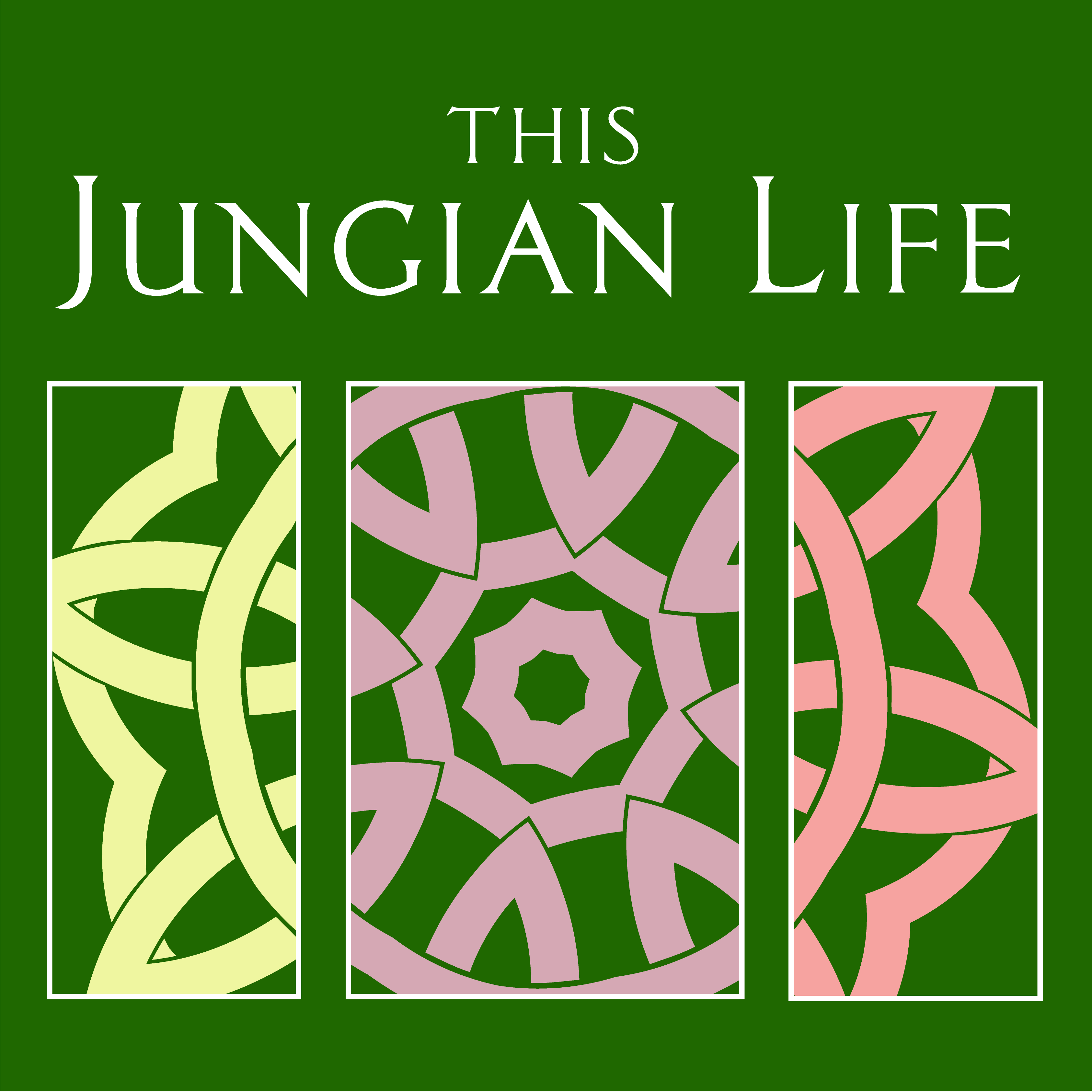
The archetype of the scapegoat goes back to the ancient Hebrew ritual of using two goats to expiate the sins of the tribe. Once blamed for the wrongdoings and misfortunes of the community, the goats were driven out into the desert carrying the evil with them thus restoring a state of purity to the tribal members. Communal feelings of sin, blame, and wrongness is still projected onto others, particularly out-groups. We discuss this practice – scapegoating – as it occurs in current culture, in families, and in individual psychology.
In this episode, we mention the Jungian Seminar offered through PAJA (Philadelphia Association of Jungian Analysts).
Here’s the dream we discuss:
“I hiked to a “primitive” tribal village. I went there as a researcher, perhaps an anthropologist. As I was standing talking to one of the men, an angry woman with a crying infant stomped toward our area and plunged her infant (backside first) into a plastic basin of water as if to drown her. Bubbles came from the infant’s mouth while under water. I started to run over there to rescue the baby, but the man (or something) held me back. The woman pulled the baby out of the water, looked at her face briefly, and then plunged her back into the water – this time face down. At this, I immediately ran to the baby and pulled her out of the water. I held her face down and pounded on her back in an attempt to get the water out of her lungs. While I was watching/doing all of this, I was aware that I wanted to save the child, not because I cared about her, or because I cared about children in general, but because I knew what it felt like to drown. Water came out of the infant’s mouth, she coughed a lot, and then seemed okay. She was able to breathe. The angry mother had stood there watching me. She was now calm. She wanted her baby back, and although I felt apprehensive about returning the child, I did. The woman and child seemed fine. I wanted to have the child removed from the abusive, dangerous environment, but the mother reassured me everything was fine. I had to leave. The mother was smiling as she cradled her baby; she seemed genuinely happy/content, but I still worried a bit about the infant.”
Photo by Florian van Duyn on Unsplash

0 Comments
Trackbacks/Pingbacks